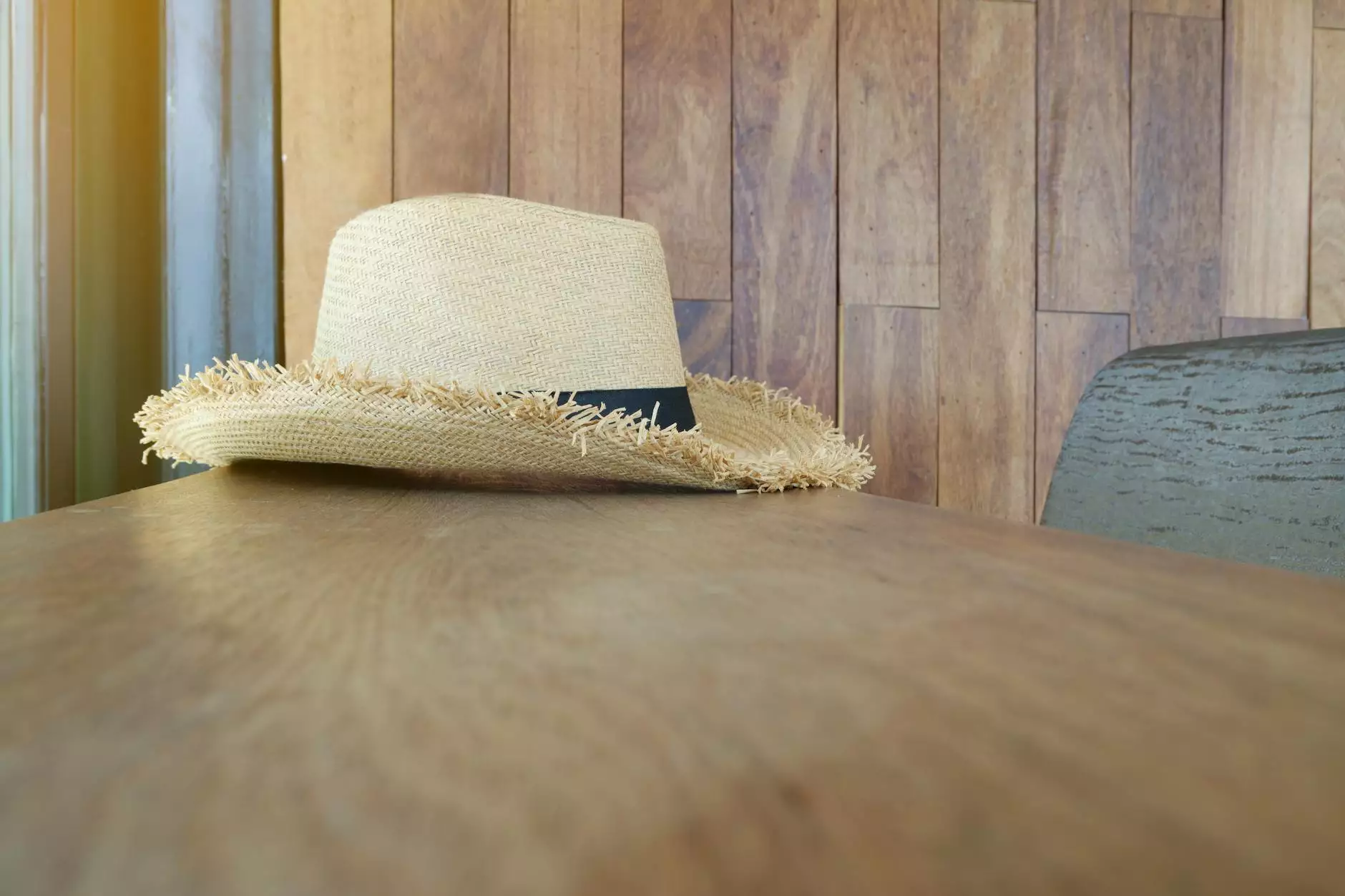Pain on the Side of the Knee: Understanding Causes, Treatments, and Prevention

Knee pain significantly affects one's quality of life, limiting mobility and daily activities. When it comes to understanding the specifics of pain on the side of the knee, it is essential to consider various factors, including potential causes, treatment options, and effective prevention strategies. This comprehensive article aims to cover all aspects of knee pain on the sides, ensuring you have the necessary information to address this common problem.
Understanding Knee Anatomy
To fully grasp the implications of pain on the side of the knee, it is important to understand the anatomy of the knee joint. The knee comprises several key components:
- Femur (thigh bone)
- Tibia (shin bone)
- Fibula (smaller bone next to the tibia)
- Patella (kneecap)
- Cartilage (the protective material that covers the ends of bones)
- Ligaments (tissues that connect bone to bone)
- Tendons (tissues that connect muscle to bone)
Understanding this structure is crucial because pain on the side of the knee can originate from various components within the knee joint or its surrounding areas.
Common Causes of Pain on the Side of the Knee
Several potential conditions can lead to pain on the side of the knee. Let’s examine the most prevalent causes:
1. Iliotibial Band Syndrome (ITBS)
ITBS is a common overuse injury that occurs when the iliotibial band, a thick strip of tissue running from the hip to the knee, becomes tight or inflamed. Athletes, especially runners, often experience this condition. Symptoms include:
- Aching pain on the outer side of the knee
- Pain that worsens with repetitive activity
- Sensation of snapping or popping
2. Lateral Meniscus Tear
The meniscus acts as a cushion between the femur and tibia. A tear in the lateral meniscus can lead to severe pain on the lateral side of the knee. This injury often requires surgical intervention and is characterized by:
- Pain when twisting or rotating the knee
- Swelling and stiffness
- Difficulty in fully straightening the knee
3. Patellar Tendinitis
Also known as "jumper’s knee," this condition relates to inflammation of the patellar tendon and usually affects athletes performing activities that require jumping or running. Symptoms include:
- Pain below the kneecap
- Swelling and tenderness
- Pain while climbing stairs or jumping
4. Osteoarthritis
This degenerative joint disease results from the breakdown of cartilage, leading to pain and inflammation. Osteoarthritis can cause:
- Chronic pain, especially during movement
- Stiffness after prolonged inactivity
- Swelling around the knee joint
5. Ligament Injuries
Injuries to the knee ligaments (such as the lateral collateral ligament (LCL) or the anterior cruciate ligament (ACL)) can lead to significant pain and instability. Symptoms often include:
- Sudden, intense pain following an injury
- Swelling and bruising
- A feeling of the knee giving out
Diagnosis of Knee Pain
Identifying the cause of pain on the side of the knee is crucial for effective treatment. A healthcare professional may employ several diagnostic tools:
- Physical Examination: A thorough assessment of the knee's range of motion and stability.
- X-rays: To check for fractures, arthritis, or bone spurs.
- Magnetic Resonance Imaging (MRI): To obtain images of soft tissues, including ligaments and cartilage.
Treatment Options for Knee Pain
The treatment approach for pain on the side of the knee varies depending on the underlying cause. Below are common treatment modalities:
1. Physical Therapy
A professional therapist can design a rehabilitation program tailored to strengthen the surrounding muscles and improve flexibility, which may alleviate pain.
2. Medications
Over-the-counter pain relievers such as ibuprofen or acetaminophen may help manage pain and reduce inflammation. For severe pain, your doctor may prescribe stronger medications.
3. Injections
Corticosteroid injections can provide temporary relief from inflammation, while hyaluronic acid injections can help lubricate the knee joint.
4. Surgery
In cases where conservative treatments fail, surgical options may be considered. This can include arthroscopy, meniscus repair, or ligament reconstruction.
Preventive Measures for Knee Pain
Preventing pain on the side of the knee is often achievable through several proactive measures:
1. Maintain a Healthy Weight
Excess body weight places added stress on the knee joint, making it vital to maintain a healthy weight through diet and exercise.
2. Wear Proper Footwear
Supportive shoes that fit properly can significantly impact your knee health, particularly if you engage in physical activities.
3. Strength Training
Strengthening the muscles around the knee can enhance support and reduce the risk of injuries. Focus on both the quadriceps and hamstrings.
4. Flexibility Exercises
Incorporating stretching and flexibility training can help maintain a full range of motion in the knee joint.
5. Proper Technique in Sports
Utilize proper techniques when participating in sports to minimize the risk of injury. Consider working with a coach or professional trainer.
When to Seek Medical Attention
While some knee pain may resolve with rest and self-care, it’s crucial to seek medical attention in certain conditions, including:
- Severe pain that does not improve with rest
- Noticeable swelling around the knee
- Inability to bear weight on the affected leg
- Clicking or popping sounds accompanied by instability
- Signs of infection such as fever, redness, or warmth around the knee
Conclusion
Pain on the side of the knee can be a debilitating condition that, if left untreated, may lead to long-term issues. Understanding the various causes and treatments available can empower individuals to seek the appropriate care and make informed decisions about their knee health. Consult with a qualified healthcare professional to receive a comprehensive assessment and tailored treatment plan.
Remember, taking proactive steps toward maintaining knee health can dramatically improve your overall quality of life and physical activity levels. For further information and specialized care, consider visiting The Foot Practice, your resource for health and podiatry expertise.



